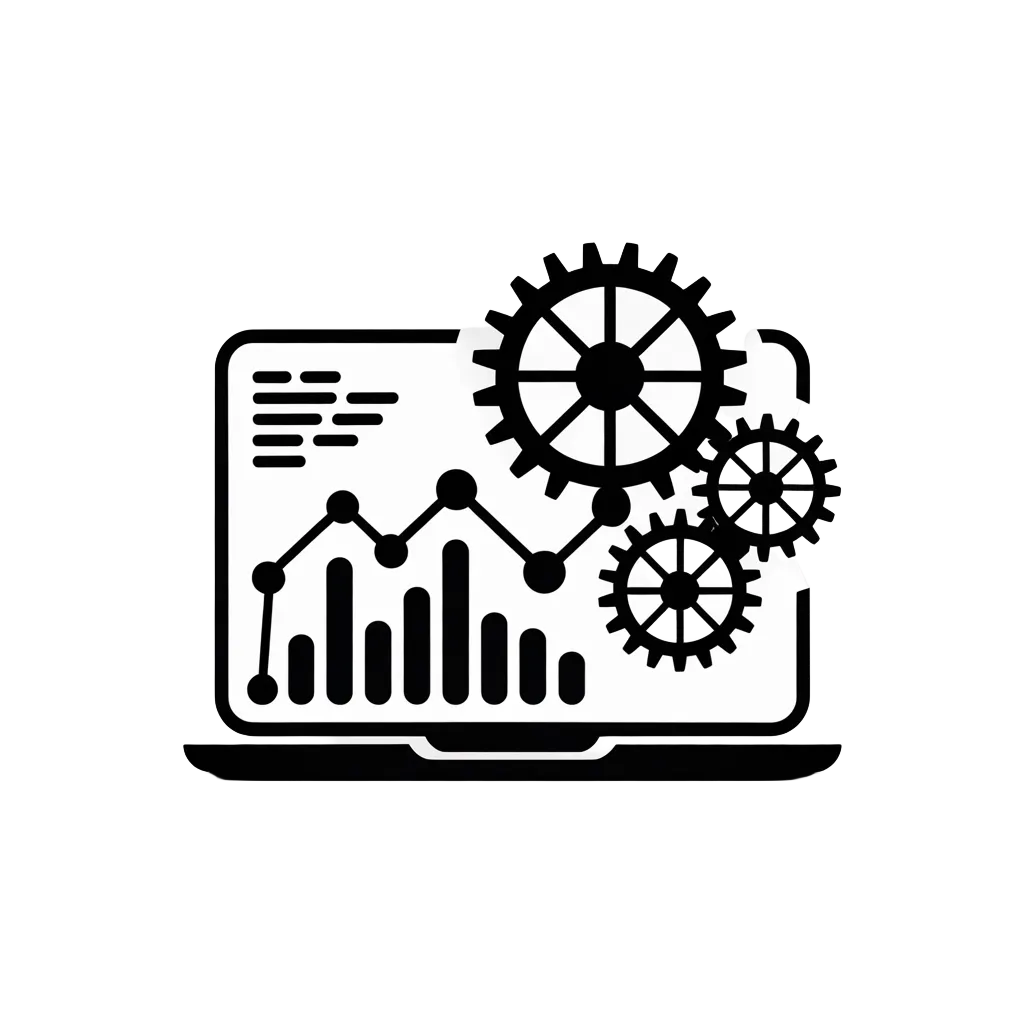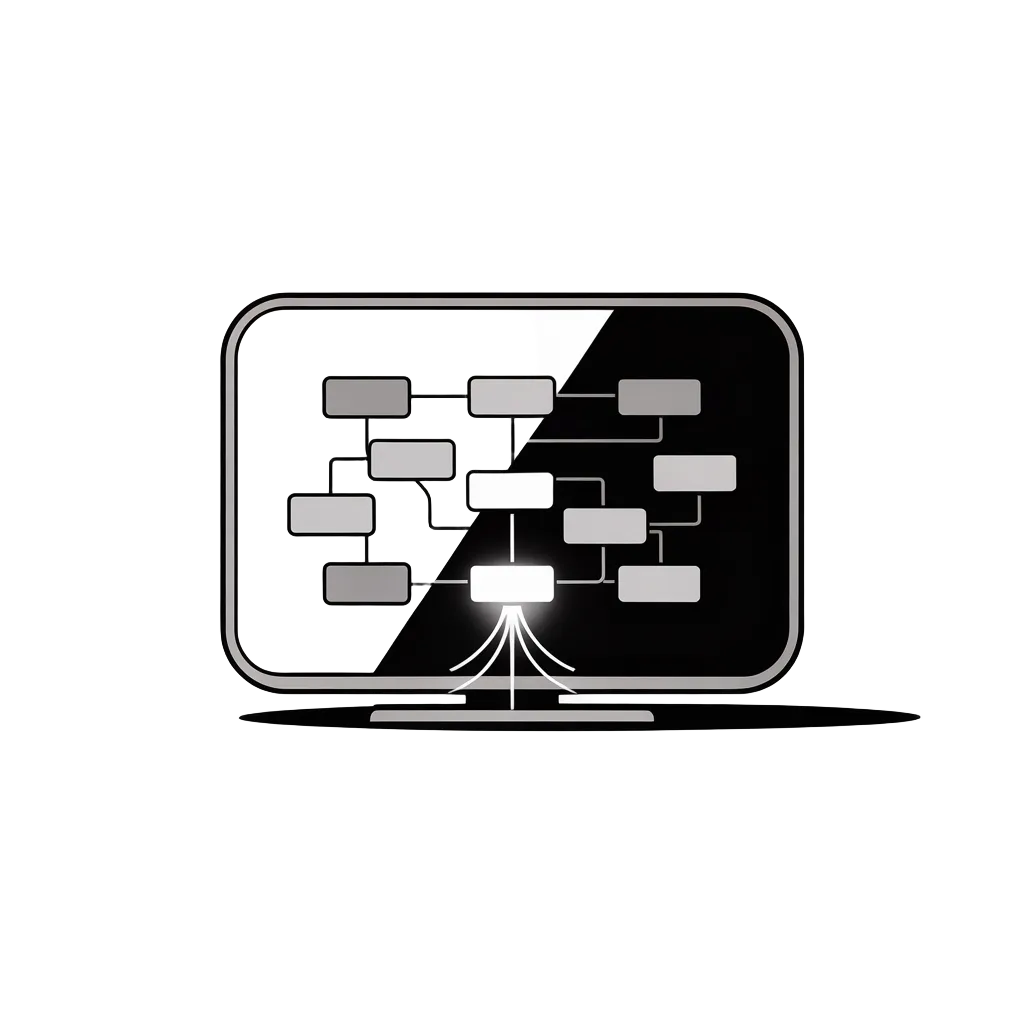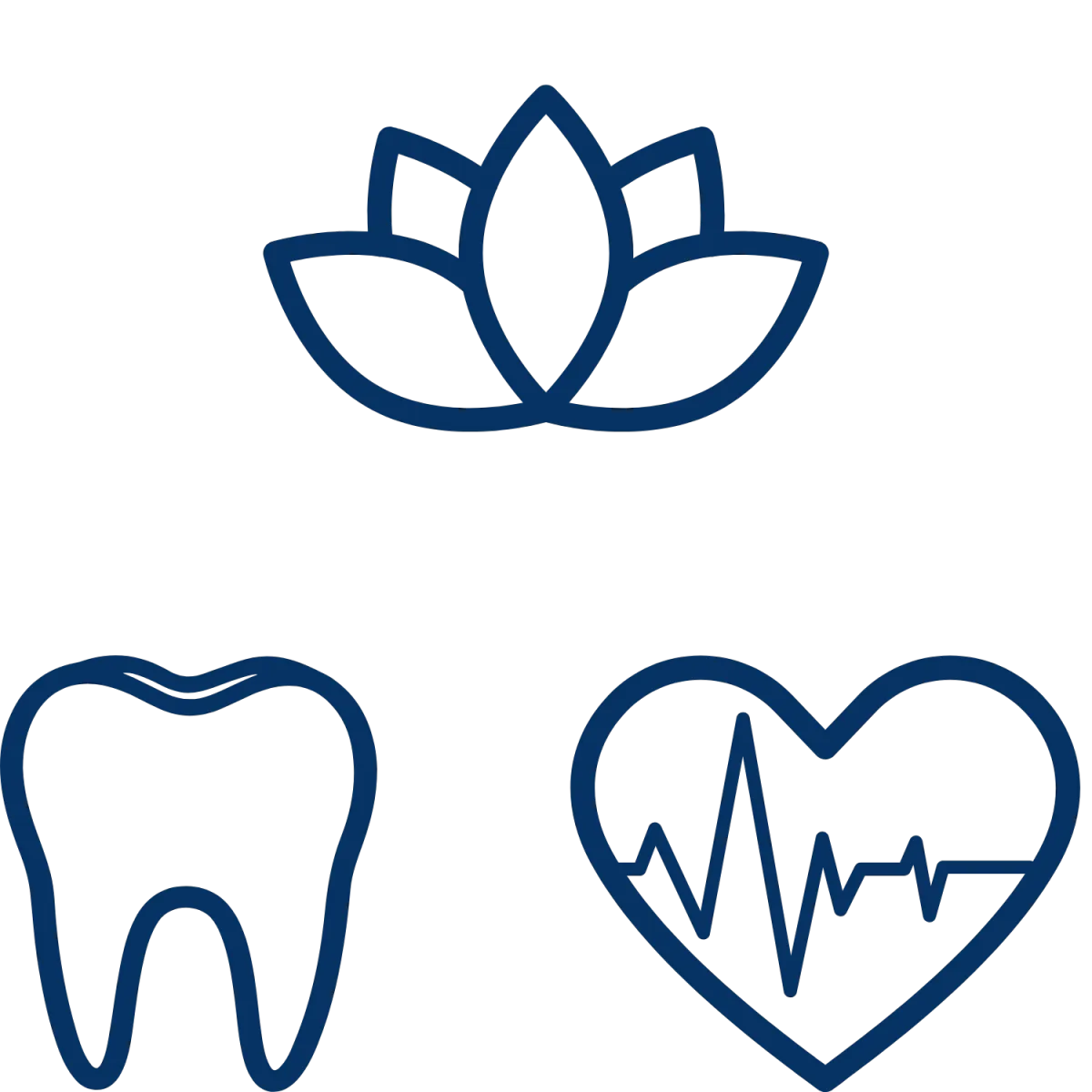Automation designed for companies that have outgrown basic tools
Custom CRM systems built for your growing service business
We design CRM system builds that match your real operations, streamline how
your team works, and eliminate the bottlenecks that slow growth.
What We Do
Smarter Solutions for Everyday Operations

Custom CRM Builds
We design and build CRM systems based on the way your business actually works. Structured workflows, clean data, and tools your team can adopt without friction.

Sales & Workflow Automation
Automate the critical parts of your sales process from lead intake to follow up to internal handoffs so your operation runs smoother with less manual effort.

AI Employees
We can integrate AI voice, chat, or email assistants that handle repetitive customer interactions and support your team around the clock.
Who We Work With
Built for service-driven companies that rely on strong systems
We work with service businesses that need consistent follow up, structured workflows, and clear internal processes. From home services to manufacturing, our CRM systems are designed to support teams that have outgrown basic tools and need a smarter, more reliable way to run their operation.

Home Services
HVAC, roofing, plumbing, electrical, pest control, locksmiths, cleaning services, and other field-service companies.

Health and Wellness
Dental offices, med spas, chiropractic clinics, aesthetic practices, and other appointment-based healthcare businesses.

Professional Services
Insurance, finance, real estate, legal, coaching, education & training programs, and other lead-driven service businesses.

Industrial & Manufacturing
Fabrication shops, production facilities, supply companies, and other operations with repeatable internal workflows.
How It Works
A simple process that leads to a system
built around your business
1
Discovery Call
A quick conversation to understand how your sales process works today, where the bottlenecks are, and whether a custom CRM system is the right fit.
2
System Mapping
If it makes sense to move forward, we outline your CRM structure, workflows, and process improvements so you know exactly what needs to be built before implementation begins.
3
Your Custom Build
My team handles the full implementation, CRM setup, automations, integrations, and supporting tools designed around your real-world operations.
4
Launch & Support
We test your system, train your team, and provide ongoing support as you grow and refine your processes
Why Companies Choose Us
Why service businesses trust our CRM builds
Your system is mapped before a single workflow is created
Every build is customized to your industry and process
Designed for clarity, adoption, and long-term scalability
Focused on reducing friction and removing manual work
A single system to manage leads, follow up, and daily operations
Ready to streamline the way your business runs?
Start with a quick discovery call and get clear
on what your system should look like.
Click Marshall
Company
© 2025 Click Marshall Internet Marketing LLC. All rights reserved.
